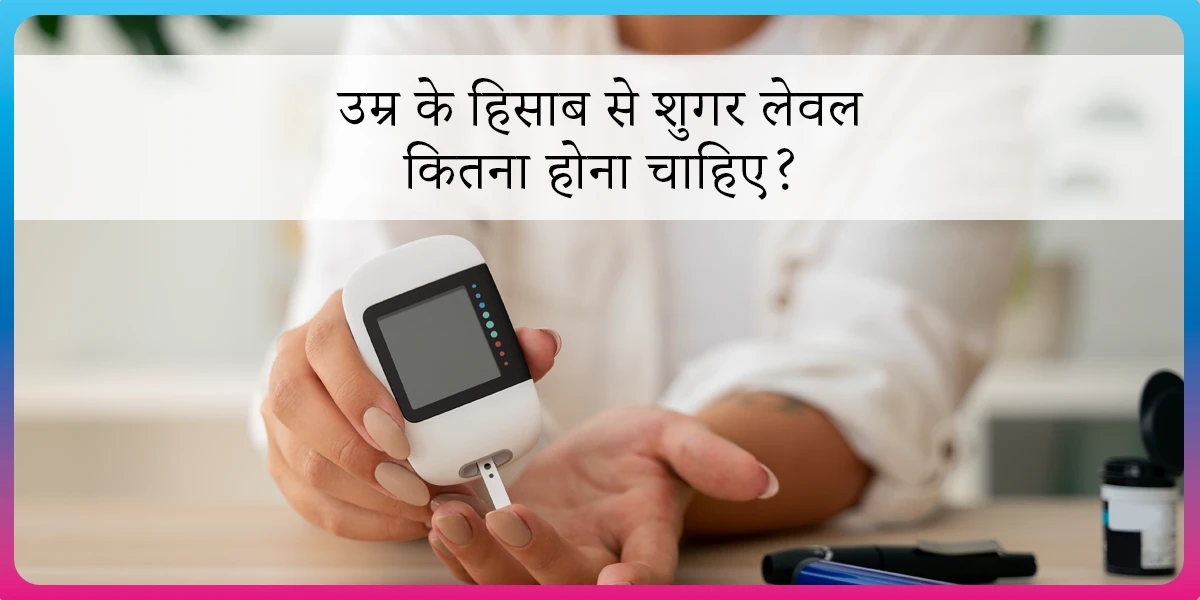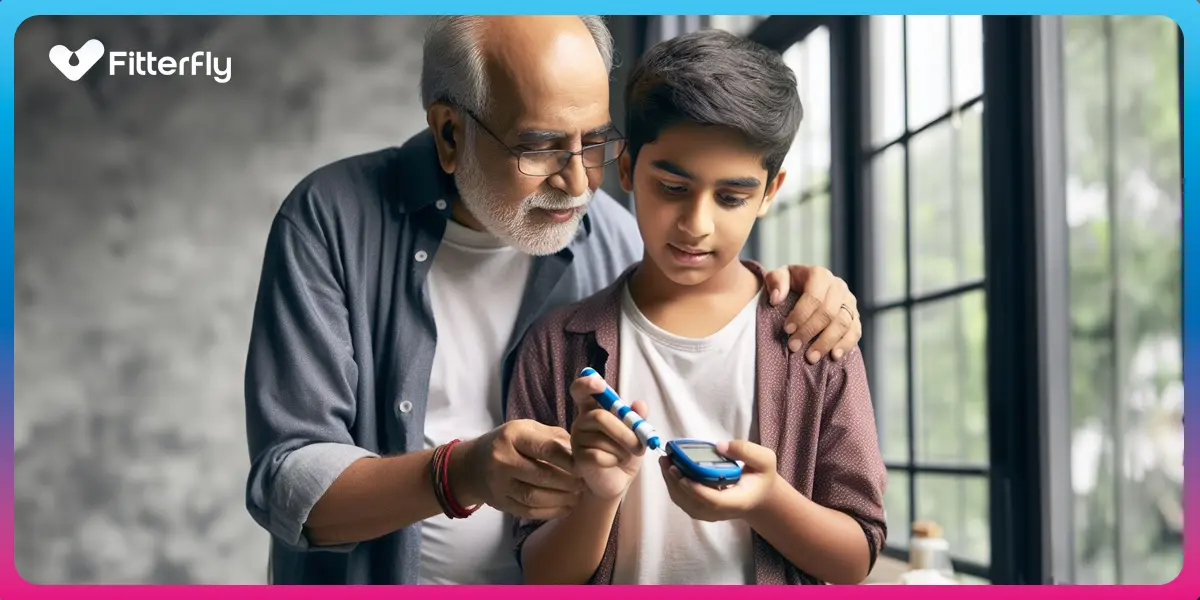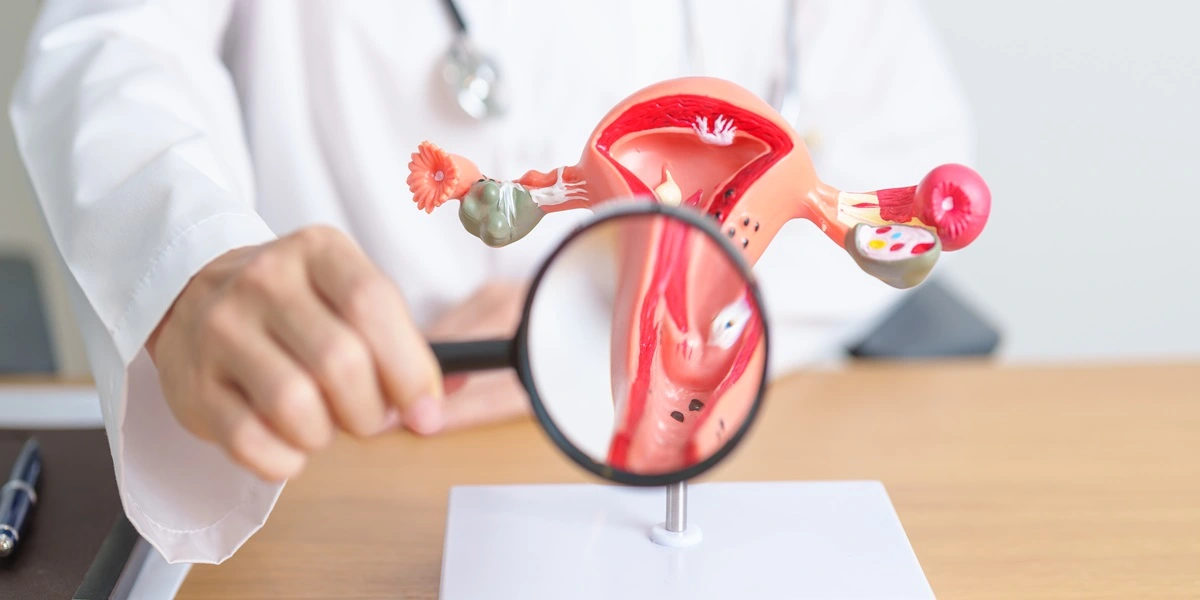How to Use Your Blood Sugar Readings to Manage Diabetes Like a Pro?

Living with diabetes comes with its set of challenges. Sometimes your blood sugars can get out of whack no matter how hard you try to control them.
That’s because many everyday things like different foods, medications, and activities can derail even your best efforts. But testing your blood sugar level and logging your results regularly can help you stay on track.
In addition, it can help your nutritionist and doctor design a diabetes management plan that best suits your lifestyle.
Diabetes test: Blood Sugar Monitoring
Whether you have been living with diabetes for years or have been newly diagnosed, gaining an understanding of this condition will help you live a healthier and worry-free life. And keeping track of your blood glucose levels is one of the best ways to understand your diabetes.
Fortunately, you can now see your blood sugar levels anytime and anywhere using a portable glucometer or self-monitoring blood glucose (SMBG) device that comes with testing strips, tiny needles, or lancets.
Don’t struggle alone & get the expert care you deserve
This on-the-go electronic device instantly tells your current blood sugar value after analysing a small amount of blood from your fingertip.
Alternatively, you can use a Continuous Glucose Monitoring System (CGMS) that consists of a small round sensor patch that captures real-time blood glucose reading at regular intervals, every 15 mins.
The sensor patch is worn on the upper arm for 14 days, wherein more than 1300 blood sugar readings will be recorded, painlessly. To know more about the benefits of CGMS and how it works,Click here
These two diabetes tests are used to measure the blood glucose level at that moment or at the time of testing. On the other hand, HbA1c, which is another diabetes test, tells you your average blood sugar level over the past three months.
The normal diabetes level is individualised based on the duration of diabetes, age, comorbidities, presence of diabetes complications and individual patient considerations. According to the American Diabetes Association, these are the normal diabetes range:
- HbA1C: Less than 7%
- Before a meal (preprandial plasma glucose): 80–130 mg/dL
- 1-2 hours after the the meal (postprandial plasma glucose): Less than 180 mg/dL
It would help if you talked to your doctor about what diabetes range is right for you.
Why is regular blood sugar monitoring critical?
By routinely checking your blood glucose levels, you’ll lower your chances of diabetes-related complications like heart attack, kidney problems, vision loss, hypoglycemia (dangerously low blood sugars) etc. It will also help your doctor make important decisions about your medication dosage, exercise, and diet.
Additionally, by regularly monitoring your blood sugar levels, you’ll be able to see WHAT exactly makes your numbers go up or down. For example, it could be due to different foods, medications, and activities.
Personalised Glycemic Response (PGR) is a way to identify the exact causes of your blood sugar fluctuations. Personalised Glycemic Response varies from person to person and changes based on your diet, sleep, stress, and physical activity level.
Diabefly,a Diabetes Management Program, employs PGR-backed lifestyle changes that help you manage your blood sugars smartly.
Watch the video on how Personalised Glycemic Response helps in better control of your diabetes.
Our Diabefly Coaches will compare your CGMS readings to your daily lifestyle logs so that we get your Personalised Glycemic Response. Accordingly, Coaches will give a personalised lifestyle plan instead of the run-of-the-mill generic plan to get your normal diabetes level.
Here are the actual images captured from patients’ food diaries showing how different foods affect their blood glucose readings.

Image 1: CGMS reading shows that the above meal had POSITIVE effects on the patient’s blood glucose levels

Image 2: CGMS reading shows that the above meal had NEUTRAL effects on the patient’s blood glucose levels

Image 3: CGMS reading shows that the above meal had ADVERSE effects on the patient’s blood glucose levels
As you check your blood sugar using either a glucometer or CGMS, you can see what makes your numbers go up and down. For example, you may see that your numbers go up when you eat certain foods like cream biscuits, potato chips, etc.
And, you may see that when you take your diabetes medicine on time and go for your walk/jog, your numbers go down or remain within the targeted range. This valuable information lets you know what is working for you and what needs to change.
- Sensitivity and complement your efforts in dieting too.
Summary
- Whether you have been living with diabetes for years or have been newly diagnosed, gaining an understanding of this condition will help you live a healthier and worry-free life. And keeping track of your blood glucose levels is one of the best ways to understand your diabetes.
- By routinely checking your blood glucose levels, you’ll lower your chances of diabetes-related complications like heart attack, kidney problems, vision loss, hypoglycemia (dangerously low blood sugars) etc. It will also help your doctor make important decisions about your medication dosage, exercise, and diet.
- Additionally, by regularly monitoring your blood sugar levels, you’ll be able to see WHAT exactly makes your numbers go up or down.
- Our Diabefly Coaches will compare your CGMS readings to your daily lifestyle logs so that we get your Personalised Glycemic Response. Accordingly, Coaches will give a personalised lifestyle plan instead of the run-of-the-mill generic plan to get your normal diabetes level.
Diabefly: A unique solution to help you manage diabetes like a pro
At Diabefly, we use cutting edge technology with Continuous Glucose Monitoring System (CGMS) and Self Monitoring Blood Glucose (SMBG) device/ Glucometer.
In addition, we have a team of 3 expert Coaches, including a Nutritionist & Diabetes Educator, a Certified Physiotherapist and a Clinical Psychologist to help you make informed decisions after harnessing the power of these electronic devices.
For a stress-free life, understand the results of your blood sugar monitoring with Diabefly . To know more about how Diabefly can help you manage diabetes like a pro, visit www.fitterfly.com/diabefly or call us at +91 022 48971077 (Ext 1).
This blog provides general information for educational and informational purposes only and shouldn't be seen as professional advice.
Don’t struggle alone & get the expert care you deserve













